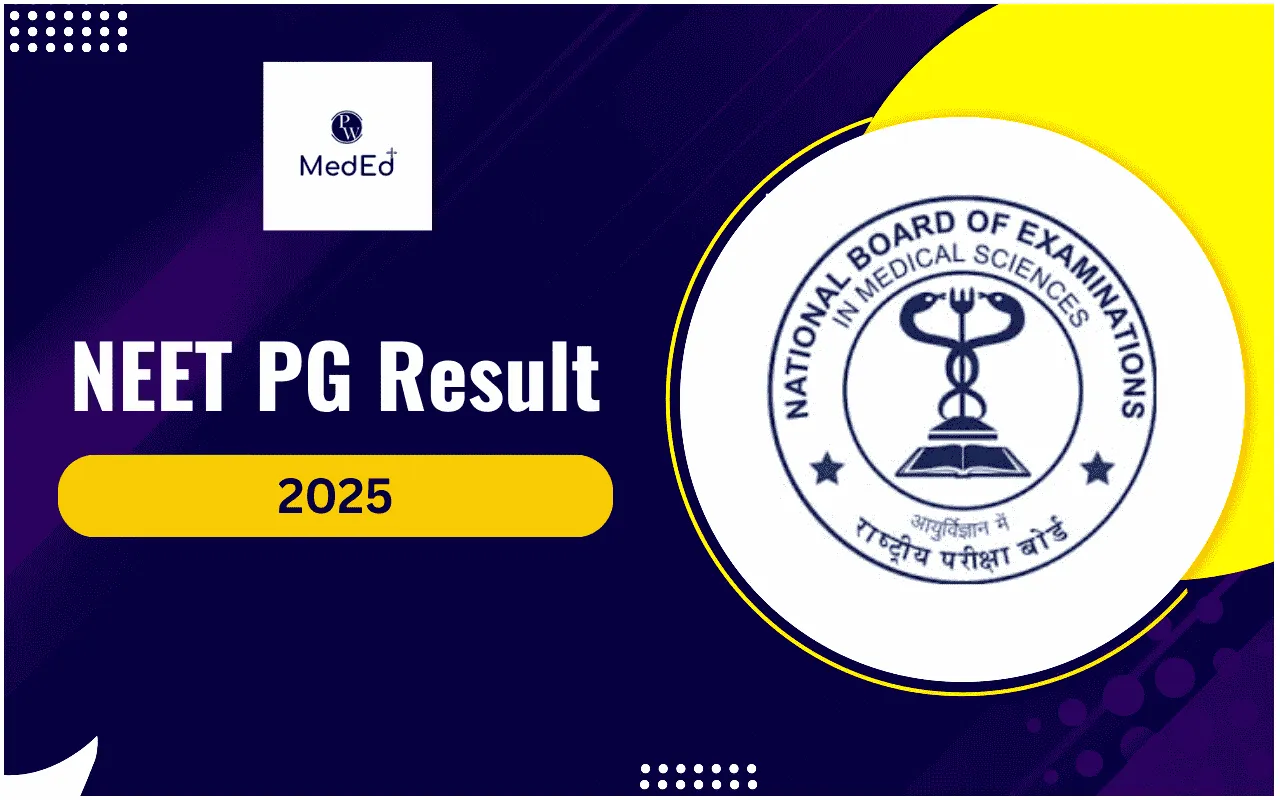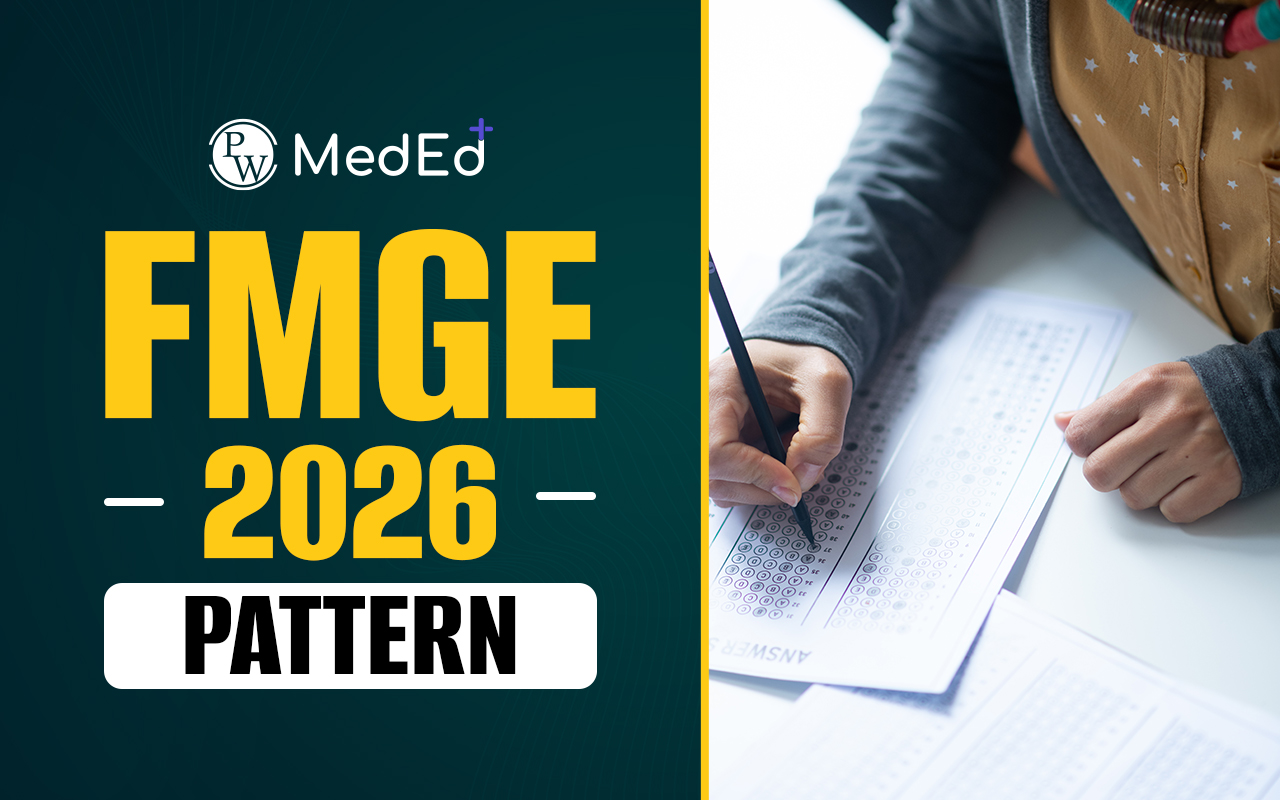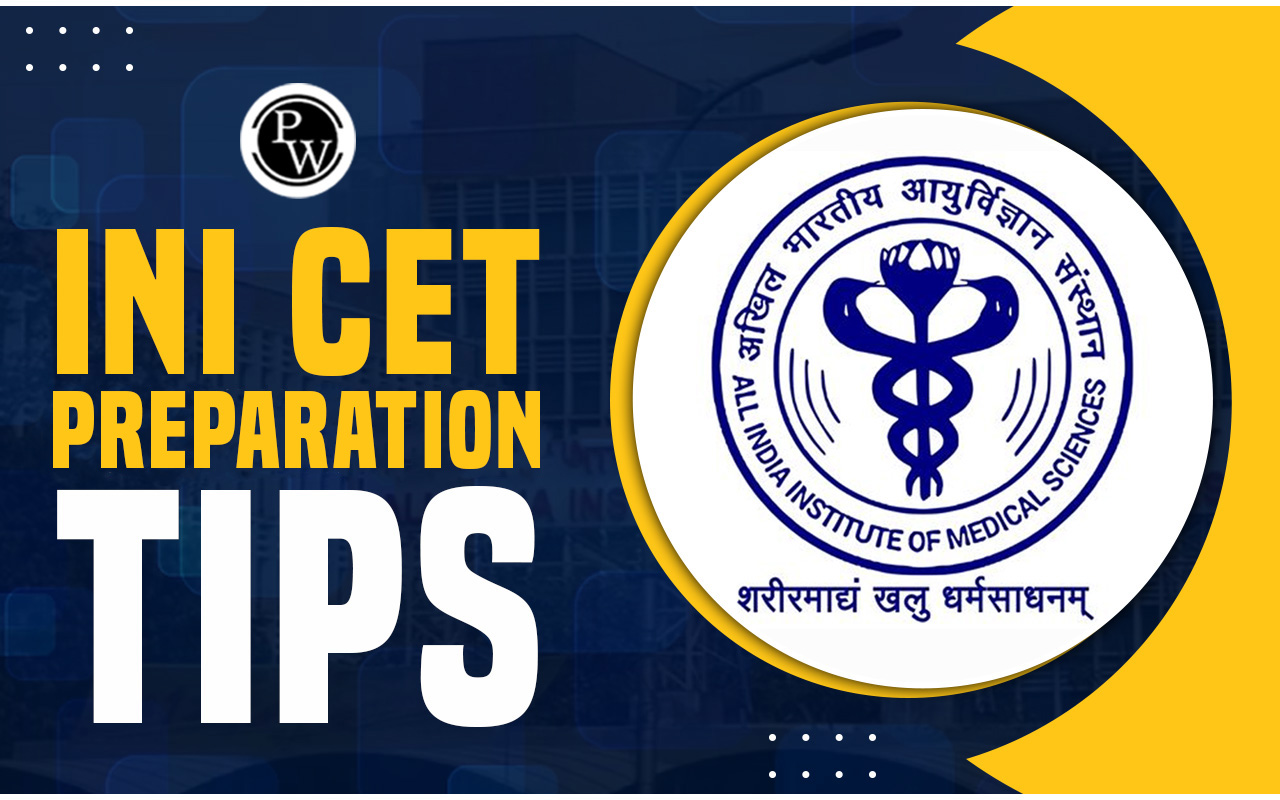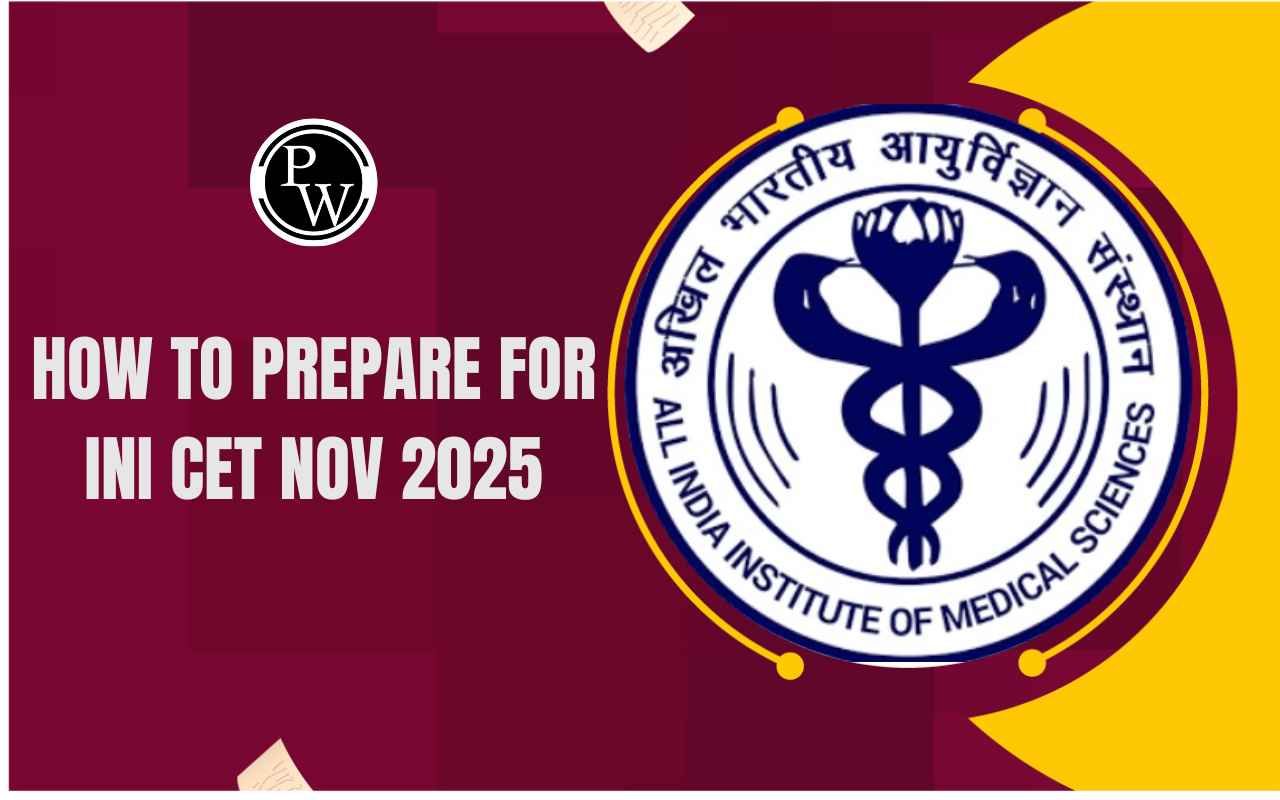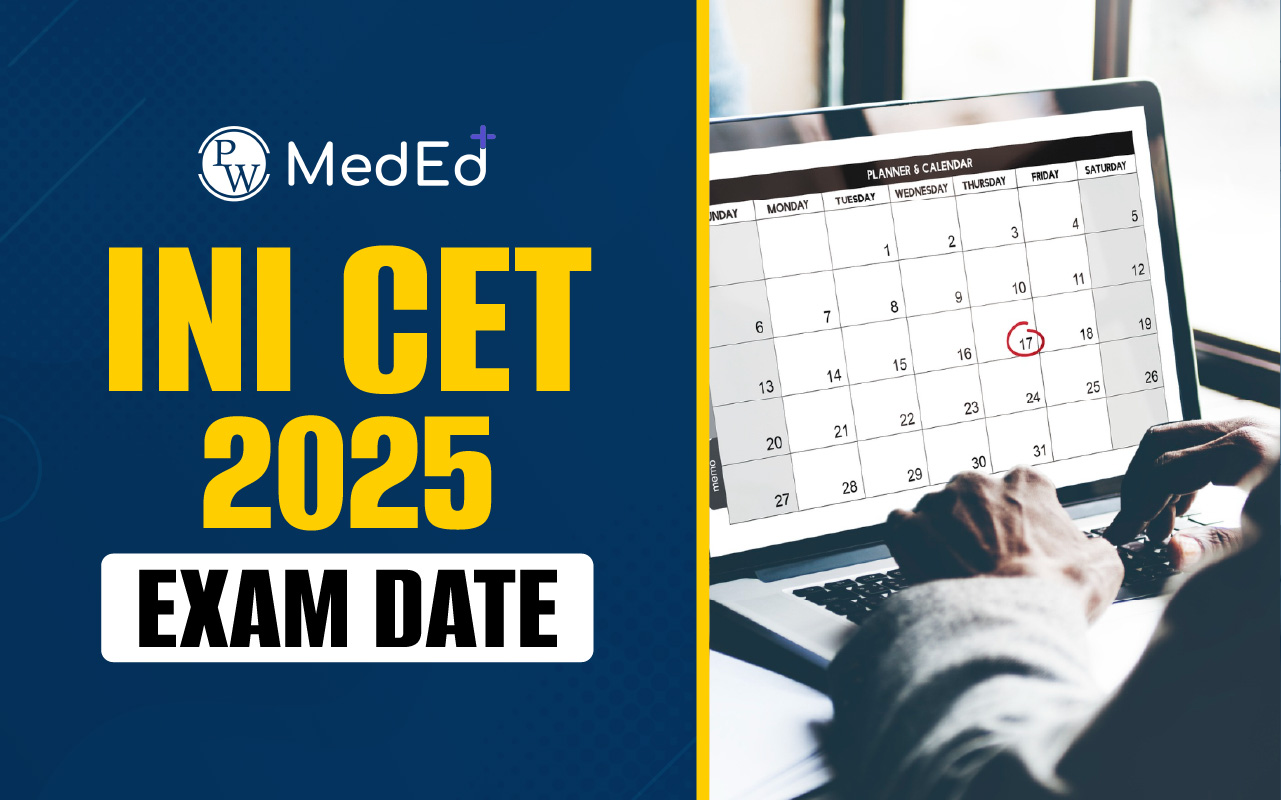
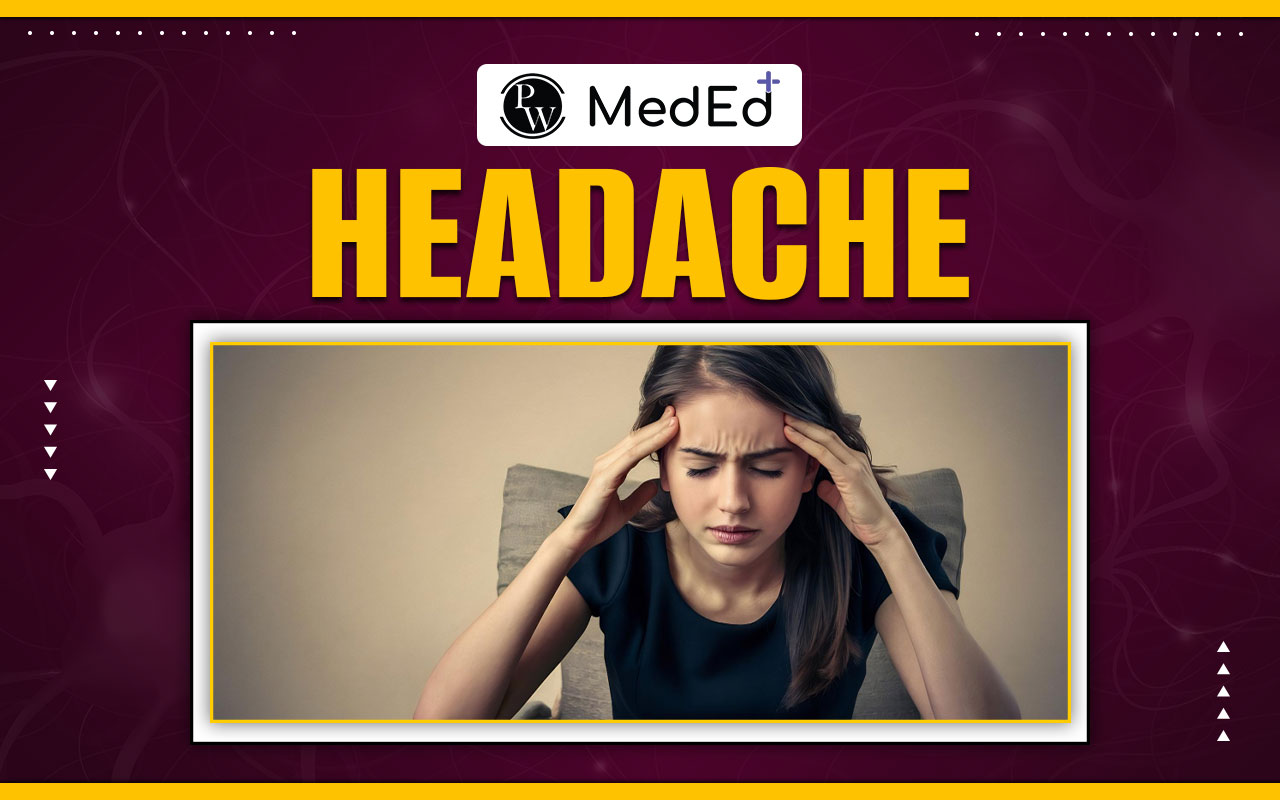
Headaches are a common ailment that affects millions worldwide, ranging from mild discomfort to severe pain that can significantly impact daily life. This blog will explore the different types of headaches, understand their causes, recognize the symptoms, and examine available treatments. Whether you experience occasional headaches or deal with them more regularly, this guide aims to provide valuable information on managing and potentially reducing your headache occurrences.
What is a headache?
A headache is a pain or discomfort in the head, scalp, or neck. It's a common condition that can be caused by a variety of factors, including sinus infections, fever, allergies, caffeine withdrawal, or even dehydration. While occasional headaches are typically not a cause for concern and can be alleviated with over-the-counter pain relievers, rest, and hydration, persistent or recurring headaches could indicate an underlying condition and may require medical attention.What are the Primary and Secondary Headaches?
Primary headaches, such as tension-type, migraines, and cluster headaches, are not caused by underlying diseases. They may disrupt daily life and arise from stress, genetic predisposition, or environmental triggers. Secondary headaches, such as sinus, medication overuse, and post-traumatic are caused by underlying conditions affecting areas inside or outside the skull, including sinus infections, brain tumours, or vascular disorders.What are the Causes of Headaches?
Headaches typically occur when the pain-sensitive areas in the head are activated. This can happen for several reasons, such as stretching the head's muscles or blood vessels, inflammation, or direct injury to the head. When disturbed, these areas trigger nerves that specialise in detecting pain. These nerves send signals to the brain, which processes them as the pain we recognize as a headache.Headache Symptoms That Requires Immediate Medical Attention
Specific symptoms associated with headaches require prompt medical attention due to their potential severity and underlying causes. Here are the symptoms of headaches that require immediate treatment:- If a headache comes on suddenly and is intensely painful, it's critical to seek medical help immediately. This type of headache can be a sign of a severe condition, such as a brain aneurysm or bleeding in the brain.
- If a headache is accompanied by fever, convulsions, extreme fatigue, confusion, changes in behaviour, weakness in the arms and legs, numbness, slurred speech, drooping of the face or mouth, or blurred vision, it’s important to get medical care immediately. These symptoms could indicate infections like meningitis, stroke, or other neurological disorders.
- If you find yourself needing to take pain relief medication very often, or if you suffer from chronic headaches, it’s advisable to consult with a healthcare provider. Overuse of pain medication can lead to rebound headaches, and frequent headaches could be a sign of a chronic underlying condition.
- A headache that occurs only when you cough or sneeze warrants medical evaluation. This could be related to increased pressure in the brain and might indicate issues like a brain cyst or tumour.
- Experiencing new types of headaches after age 50 can be a warning sign of age-related health issues such as temporal arteritis or other vascular conditions requiring immediate attention.
- Headaches during pregnancy, especially if they are severe or accompanied by other symptoms like high blood pressure, could be signs of complications like preeclampsia. The safety of both the mother and the unborn baby needs to be checked by a doctor.
How Headaches Are Diagnosed?
The diagnosis of headaches typically starts with a neurologist conducting an initial physical examination and taking a detailed history. This step is crucial as it helps pinpoint the characteristics and patterns of the headache. The history includes the location of the headache, its intensity, frequency, duration, and any accompanying symptoms such as fever or nausea. A comprehensive review also covers the patient's medical history, regular medications, any past head injuries, and lifestyle factors that could influence headaches. For further diagnosis, advanced imaging techniques are used:- MRI (Magnetic Resonance Imaging) : This non-invasive technique uses powerful magnets and radio waves to create detailed images of the brain and surrounding structures, helping identify conditions like tumours, strokes, or arterial issues.
- PET/CT scans : This scan provides detailed images and functional brain information, which are crucial in identifying structural abnormalities and assessing the effectiveness of ongoing treatments.
What Are the Various Types of Headaches?
We’ve all dealt with headaches at some point. These common discomforts manifest as pain, tenderness, or a general achiness in the head. There are numerous headaches, each with symptoms, severity, and treatment methods. In this discussion, we'll explore seven different types of headaches and how to treat them:Tension Headaches
Often triggered by stress, tension headaches are characterized by a dull, aching pain throughout the head with sensitivity around the neck, forehead, or shoulders. Over-the-counter pain relievers like ibuprofen or acetaminophen are commonly used to alleviate these symptoms, offering relief.Sinus Headaches:
These headaches occur when sinuses become inflamed due to allergies, illness, or dry weather. Symptoms include a deep, persistent ache in the cheekbones, forehead, or bridge of the nose, which worsens with sudden head movements. Treatments focus on reducing mucus buildup through over-the-counter decongestants such as antihistamines and sometimes prescription nasal steroids. Antibiotics may be required if a sinus infection is present. Exertion Headaches : These headaches arise suddenly after intense physical activity such as running, weightlifting, or sexual activity. They manifest as short-lived, throbbing pains on both sides of the head and are treatable with over-the-counter analgesics and sometimes melatonin to ease symptoms. Migraine Headache : Affecting about 12% of Americans, migraines can cause severe pain that disrupts daily activities. These headaches may involve throbbing pain on one or both sides of the head and can be accompanied by dizziness, nausea, and sensitivity to light or sound. Over-the-counter medications are helpful; for chronic cases, doctors may prescribe drugs that reduce inflammation and alter neurological pathways. Hormone Headaches : Hormone headaches are commonly linked to hormonal fluctuations during menstruation, pregnancy, menopause, or due to hormonal contraceptives. These headaches can affect up to 60% of women who experience migraines. Treatments include over-the-counter pain relievers, relaxation techniques, yoga, acupuncture, and dietary adjustments to help manage symptoms. Cluster Headaches These are intense and occur in cyclical patterns or clusters, causing severe burning or piercing pain around one eye or side of the face. Treatments include oxygen therapy, steroid injections, and preventive medication like melatonin to help reduce the frequency and severity of these headaches.H ypertension Headaches:
These occur when blood pressure reaches dangerously high levels and are characterized by pulsating pain on both sides of the head. Immediate treatment is crucial and involves lowering blood pressure through medication. Signs to watch for include vision changes, chest pain, shortness of breath, and nosebleeds.How are headaches treated?
Your treatment approach for headaches will vary based on several factors, such as the type of headache, its frequency, and underlying causes. While some individuals may not require medical intervention, others might need a combination of treatments. These can include medications, the use of electronic medical devices, counselling, stress management techniques, and biofeedback. Depending on your unique needs, your doctor might suggest additional tests or a consultation with a headache specialist to tailor a specific treatment plan. Need more clarity on the medication process for headaches? Download the PW MedEd app and learn the complete syllabus of NEET PG 2024 from medical experts.Headache FAQs
Who is most at risk for migraines?
Migraines are common, affecting one in five women, one in 16 men, and one in 11 children, with attacks being three times more prevalent in women due to hormonal differences.
Are there specific blood tests to diagnose headaches?
No specific blood tests can diagnose headaches, but doctors often order general urine and blood tests to rule out other health concerns.
How can I tell if my headache is due to a tumor?
While most headaches are not indicative of a tumor, changes in the frequency or intensity of headaches should be evaluated by a doctor, especially if accompanied by other symptoms like changes in mood or vision.
When should I be concerned about my headaches?
You should see a doctor if you consistently have two or more headaches a week or if you find yourself relying on pain relievers for your headaches on most days.
What is the most common type of headache?
Tension-type headache is the most common headache disorder, affecting over a third of men and over half of women in developed and developing countries.
Talk to a counsellorHave doubts? Our support team will be happy to assist you!

Check out these Related Articles
Free Learning Resources
PW Books
Notes (Class 10-12)
PW Study Materials
Notes (Class 6-9)
Ncert Solutions
Govt Exams
Class 6th to 12th Online Courses
Govt Job Exams Courses
UPSC Coaching
Defence Exam Coaching
Gate Exam Coaching
Other Exams
Know about Physics Wallah
Physics Wallah is an Indian edtech platform that provides accessible & comprehensive learning experiences to students from Class 6th to postgraduate level. We also provide extensive NCERT solutions, sample paper, NEET, JEE Mains, BITSAT previous year papers & more such resources to students. Physics Wallah also caters to over 3.5 million registered students and over 78 lakh+ Youtube subscribers with 4.8 rating on its app.
We Stand Out because
We provide students with intensive courses with India’s qualified & experienced faculties & mentors. PW strives to make the learning experience comprehensive and accessible for students of all sections of society. We believe in empowering every single student who couldn't dream of a good career in engineering and medical field earlier.
Our Key Focus Areas
Physics Wallah's main focus is to make the learning experience as economical as possible for all students. With our affordable courses like Lakshya, Udaan and Arjuna and many others, we have been able to provide a platform for lakhs of aspirants. From providing Chemistry, Maths, Physics formula to giving e-books of eminent authors like RD Sharma, RS Aggarwal and Lakhmir Singh, PW focuses on every single student's need for preparation.
What Makes Us Different
Physics Wallah strives to develop a comprehensive pedagogical structure for students, where they get a state-of-the-art learning experience with study material and resources. Apart from catering students preparing for JEE Mains and NEET, PW also provides study material for each state board like Uttar Pradesh, Bihar, and others
Copyright © 2025 Physicswallah Limited All rights reserved.

